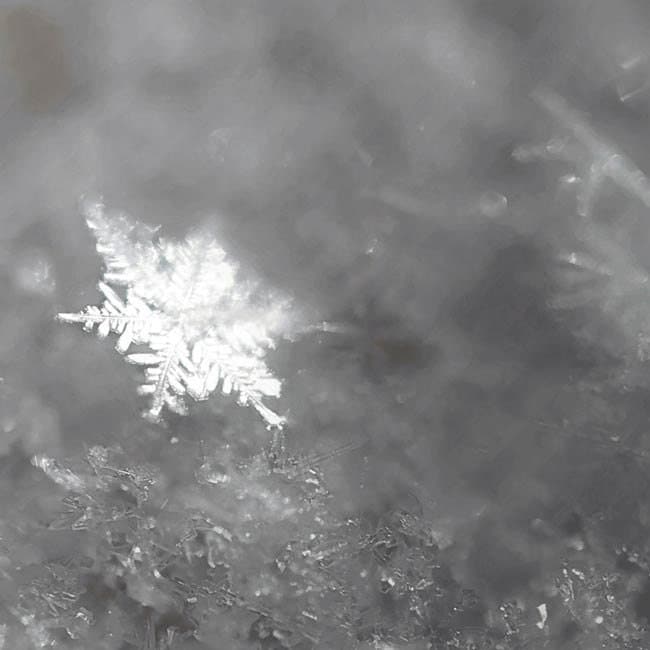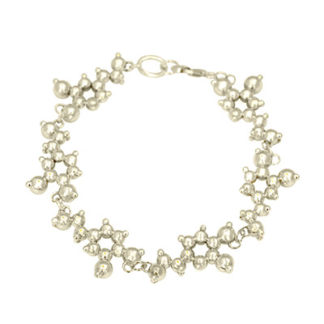
Snowflakes are such an iconic image for the wintertime, unsurprisingly, because they are so beautifully formed and delicate and really are one of the many wonders of nature. But how are they formed? Are they really so symmetrical and intricate?
Well it seems so! I’m going to describe to you how a snowflake forms in simple terms (because let’s not forget I’m a jeweller with a love for science and not the other way round).
Each snowflake starts as a tiny droplet in a cloud which freezes as the temperature drops. This miniature drop of ice is surrounded by water vapour inside the cloud and this vapour starts to condense and freeze on the droplet’s surface in a hexagonal pattern. As it grows it starts to sprout branches from each of the sides.
Then as the temperature inside the cloud changes and the newly forming snowflake is whisked around, the growth of the branches speeds up and slows down – depending on the temperature it is exposed to. This is what forms the patterns in the branches, the branches match because each branch was exposed to the same conditions at the same time.
So the snowflake is a beautiful symmetrical formed inside a cloud and the unique conditions it was exposed to. Pretty amazing!
If you enjoyed this post about snowflakes then why not subscribe to my newsletter. Get interesting bitesized emails that will make you smile.







